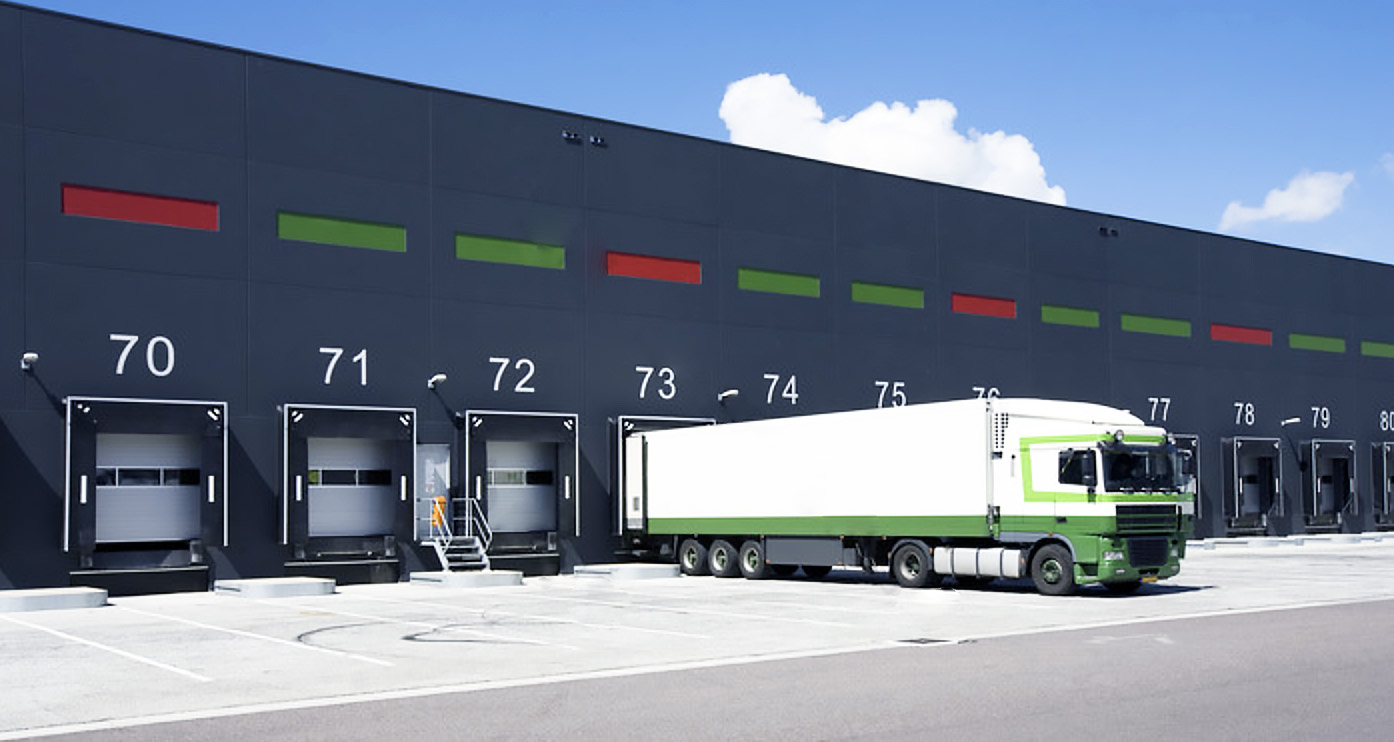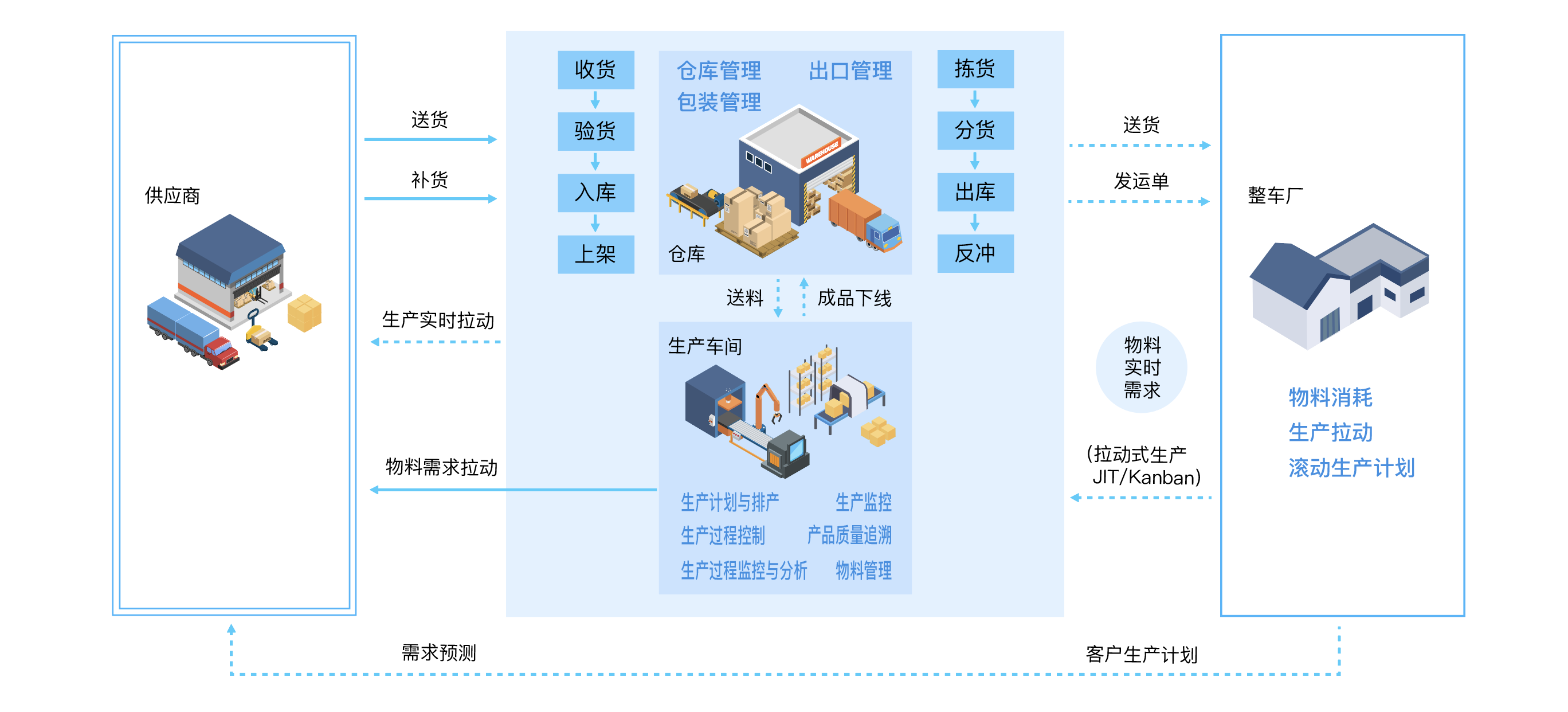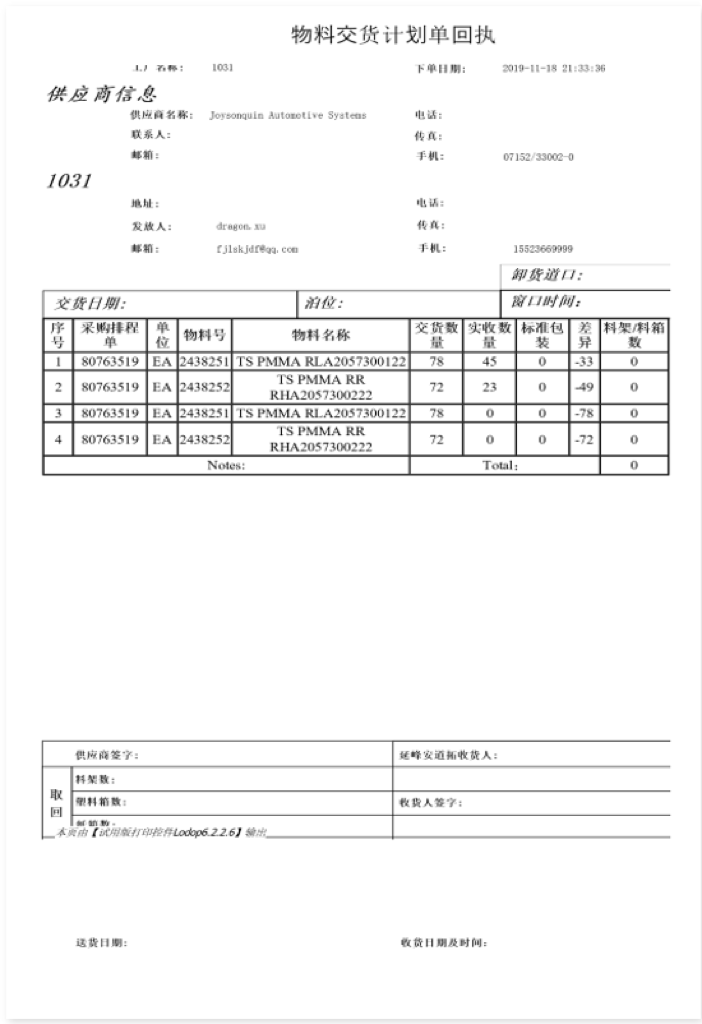
股票代码:833352
中文|




Production is demand-driven, coordinated according to actual customer demand rather than predicted demand. In the pull supply chain model, the demand uncertainty is high and the cycle is short. The main production strategy is production to order, assembly to order, and configuration to order. The whole supply chain requires a high degree of integration, rapid information exchange, and customized services can be realized according to the needs of end users.As seen from the structural model of supply chain, supply chain is a network chain structure, which is composed of suppliers around the core enterprise, suppliers of suppliers and users of users. An enterprise is a node, and the relationship between node enterprises and node enterprises is one of demand and supply.

Solution:
· The supply chain has the following characteristics
Complexity: The supply chain structure is more complicated than that of a single enterprise because of the different span (level) of the node enterprises;
Dynamic: supply chain management needs to be updated dynamically because of enterprise strategy and adapt to market demand changes, which makes supply chain has obvious dynamic features;
Personalized demand: The formation, existence and reconstruction of supply chain are based on certain market demand. In the operation process of supply chain, the demand pulling of users is the driving source of information flow, product/service flow and capital flow in the supply chain;
Intersectionality: nodal enterprises can serve many enterprises, and many supply chains form intersectionality structure, which increases the difficulty of coordination and management.
· Supplier supply mode
PUS (Pick Up Sheet) supply mode: suppliers get PUS orders on the same day, respond to suppliers on one day and deliver on the next day, and respond to suppliers on 2nd day will deliver on the third day;
DD workshop direct supply mode: Suppliers obtain DD pulling orders through the order system and send parts directly to the customer workshop site within the specified window time, with short response time;
JIT ordering supply mode: the supplier reads JIT ordering list of delivery time through customer order EDI system, JIS parts according to different models and sends those parts to customer site according to window time, supporting mixed line JIS requirements;
Outsourcing supply mode: the customer issues the delivery plan to the supplier according to the production forecast, and the supplier directly delivers the delivery plan to the customer logistics management office according to the delivery plan.

· Pulling supply chain has the following advantages
Lead time can be shortened by better predicting the arrival of orders from retailers;
Retailers' inventory can be reduced due to the shorter lead time;
Because of the shorter lead time, the system is less volatile, especially the manufacturers;
With less volatility, manufacturers will have lower inventory levels;
In a pulling supply chain, the inventory level of the system is greatly reduced, thus improving resource utilization. Pulling supply chains has its drawbacks, of course. The most outstanding performance is because the pulling system can not be planned in advance for a long period of time, so the scale advantage of production and transportation is difficult to reflect.
· Drive supply chain
Production and distribution decisions are based on long-term predictions;
Increased transportation cost, higher inventory level or higher production cost due to urgent production shift;
Driven supply chain seeks to reduce the cost of physical functions, which is a manifestation of supply chain under seller's market. It takes a long time to respond to market changes due to lack of understanding of customer demand changes.
· Internal and external multi-form pulling settlement
Pulling inside the group: offline pulling settlement, ingredient pulling settlement;
Pulling by external suppliers: pulling by purchase order, pulling with no purchase order;
TWD stock consumption pulling: combined with the safety stock, distribution cycle and on-site consumption frequency;
JIS production plan pulling: Disassemble pulling materials and create pulling tasks according to BOM according to production ordering plan;
JIS production pulling: Instant pulling according to vehicle type, configuration, capacity, etc;
RFID automatic receiving: Real-time interaction between RFID and ERP and WMS system is completed.


